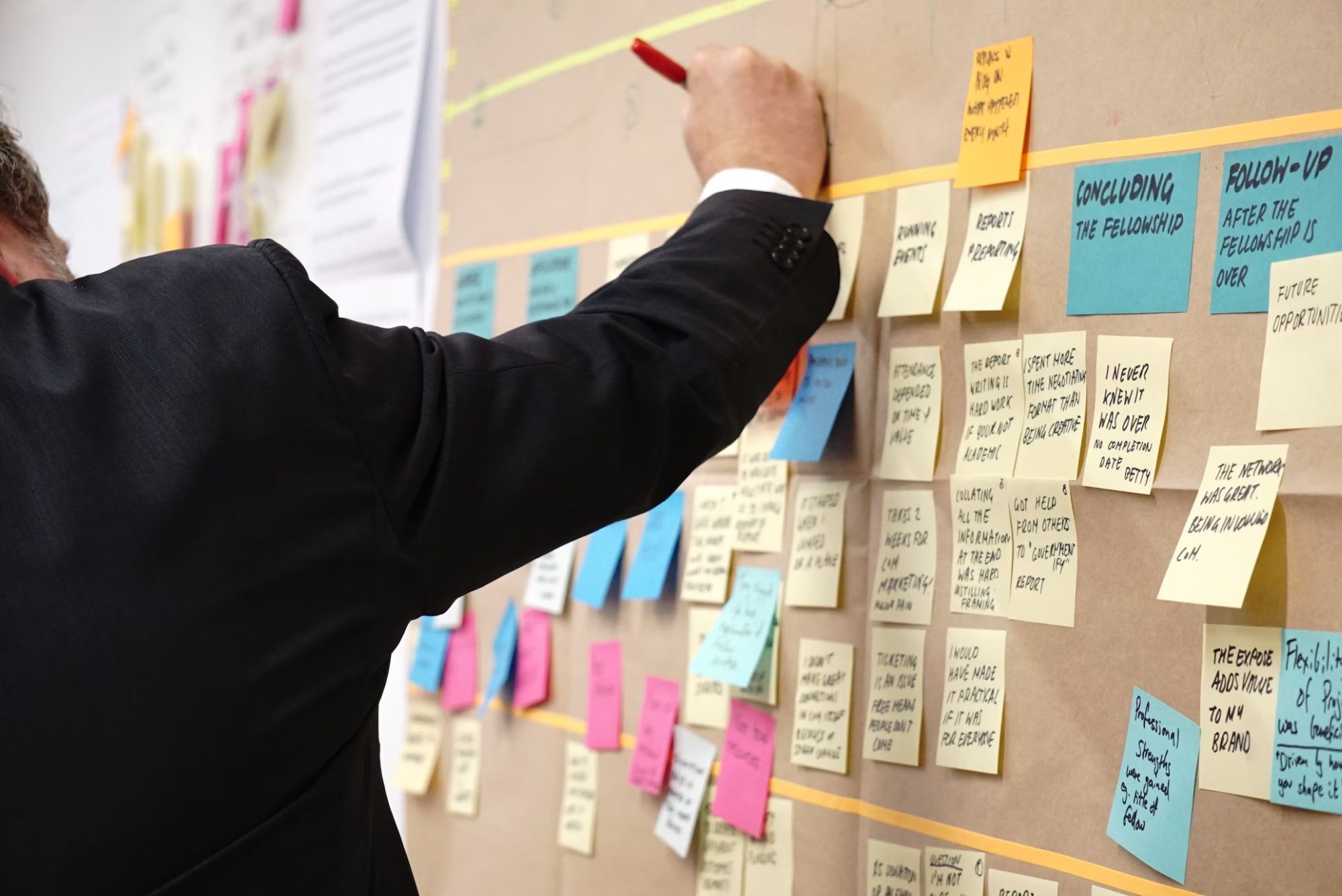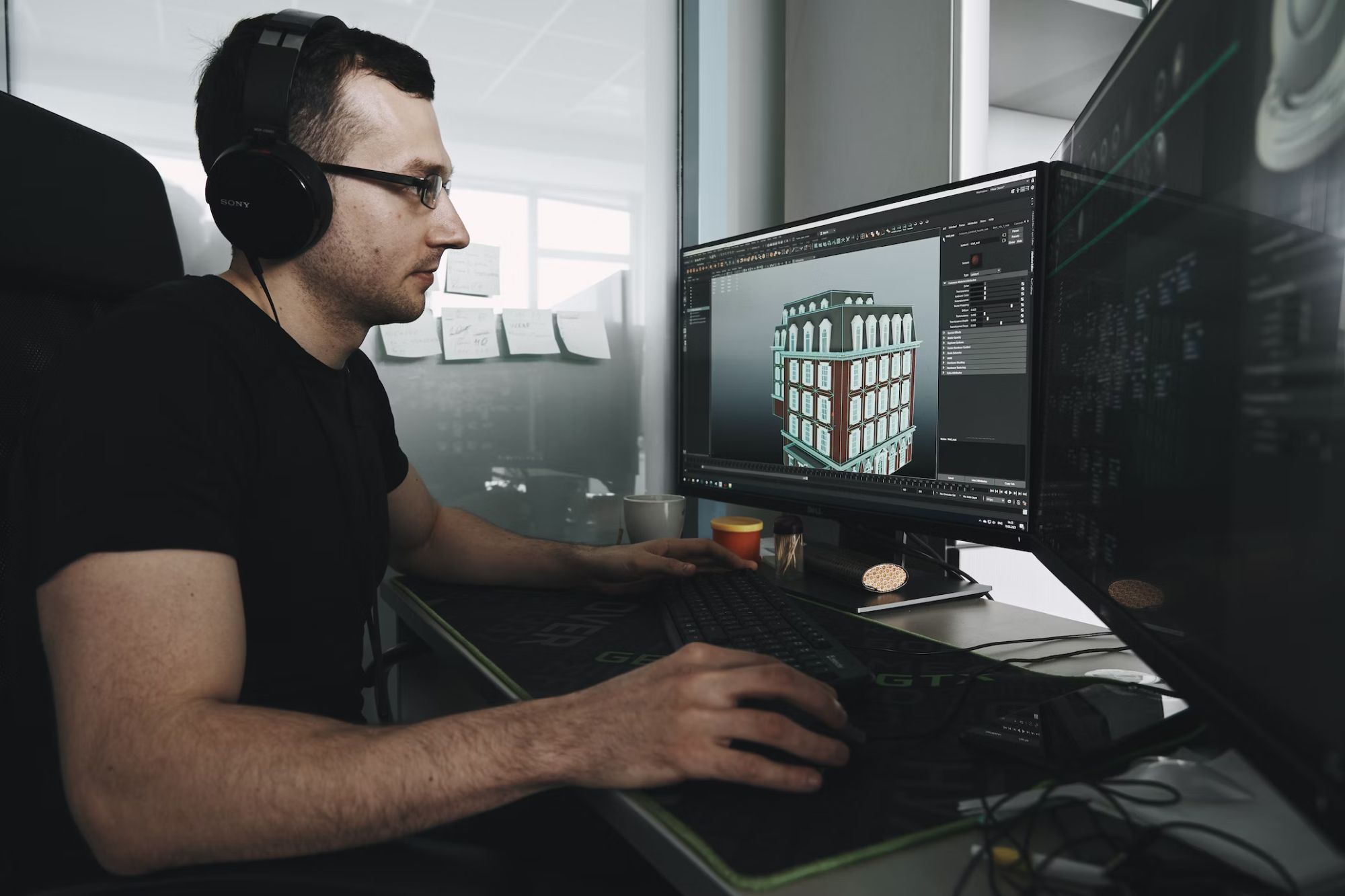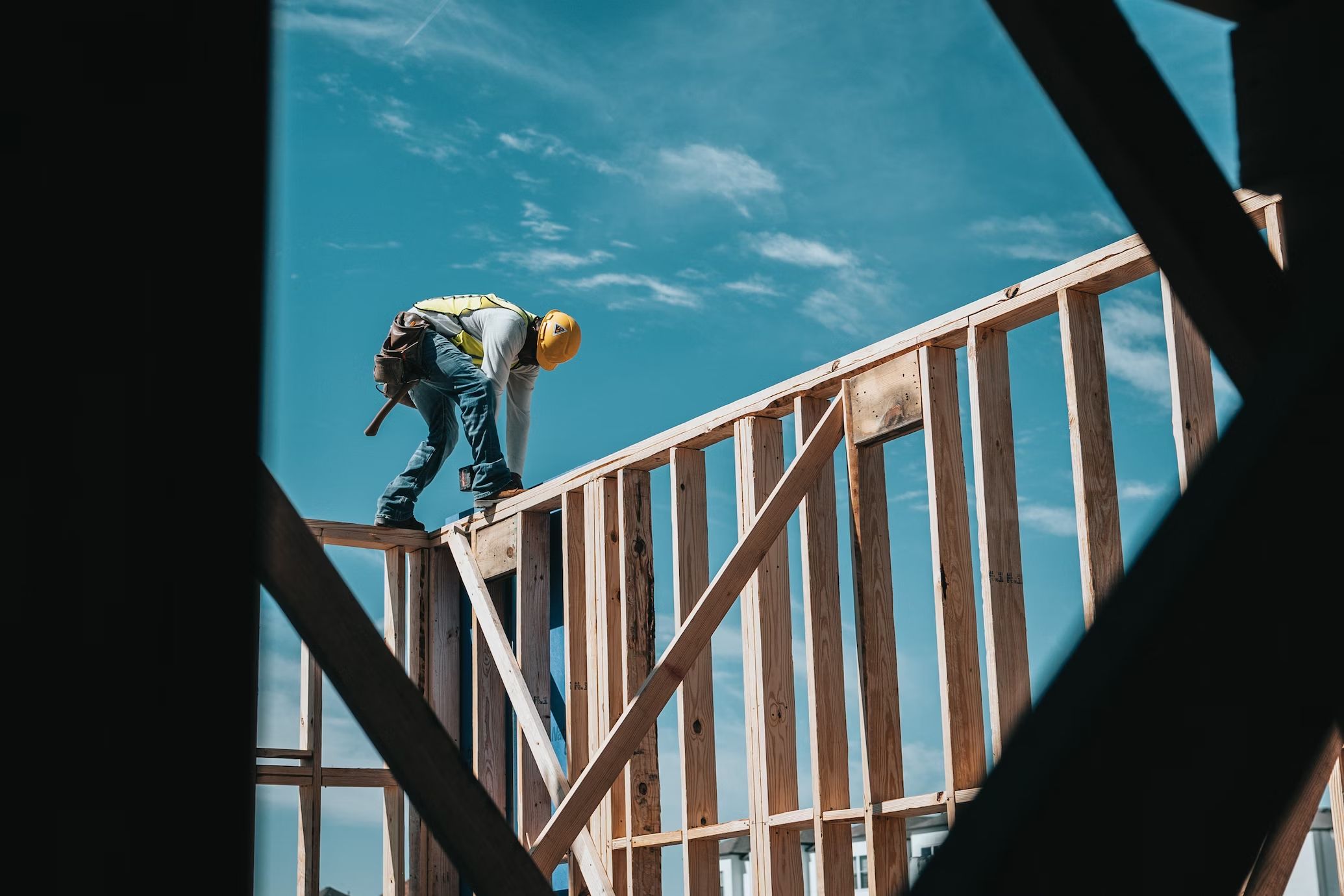Article
10 Essential Architect Skills To Succeed In 2024 (With Definition and Tips)
Find out the best skills to build your architecture resume for the best opportunities this year.
10 Skills Every Architect Needs to Have in 2024 (With Definitions and Tips)
The world of architecture is ever-evolving, demanding a diverse skill set to navigate its complexities. As 2024 draws near, architects must keep up with new technologies, trends, and social needs. Here are ten important skills builders need to succeed in today's changing world.

1. Sustainable Design
- Sustainable design means making buildings and environments good for the earth and using resources efficiently throughout life. This method examines how the building affects the environment from when it is planned, built, used, maintained, renovated, and taken down.
- Tips:
- Know about the newest green building standards, such as LEED, WELL, and BREEAM as well as the latest tools like the LadyBug Tools suite, Pollination or Insight. It is important to understand these frames to make new and long-lasting designs.
- Use design simulations and analysis software and feedback sessions to find sustainable opportunities in your projects.
- Incorporate renewable energy sources like solar panels and wind turbines into your designs. Also, think about using eco-friendly products and methods that save water.
- Talk to people who know much about green technology and good environmental practices. To stay current on the newest technologies and trends in building, go to webinars, workshops, and conferences about sustainable design.
Get started with our the best sustainability tool here:
Master Ladybug Tools: A Comprehensive Course on Swiss Re Environmental Analysis

2. Technological Proficiency
- In the field of architecture, where things change quickly, being technologically savvy means keeping up with and learning the newest design software and tools. Building Information Modeling (BIM), AutoCAD, 3D modeling tools, and new technologies like VR and AR in design rendering are all part of this.
- Tips:
- Keep your professional skills up to date. Set aside time to learn how to use and master new tools and apps as they come out.
- Take part in architectural technology-related online studies, workshops, and certification programs. You will not only improve your skills, but it will also make your business profile look more trustworthy.
- Use new technologies like virtual reality (VR) and augmented reality (AR) in planning. These tools can give you and your clients a more complete and in-depth look at your projects.
Get started with our advanced BIM and Parametric Design courses here: Rhino Inside

3. Project Management
- In design, project management means keeping an eye on a job from the beginning to the end. This includes making a budget, making a schedule, allocating resources, and ensuring everyone on the team, including workers, clients, and other team members, works together.
- Tips:
- Learn how to organize things well. Use project management tools and apps to keep track of deadlines, budgets, and resources.
- Get better at being a leader. As a project manager, you must successfully lead your team, make quick decisions, and communicate clearly with everyone involved.
- Know how important it is to be able to change and adapt when handling projects. Be ready to change your plans and strategies if problems or changes in the project scope come up that you didn't see coming.

4. Communication and Collaboration
- Because architects work with many different people, from customers and contractors to engineers and designers, they need to communicate and work well with others.
- Tips:
- Ensure you listen actively and communicate clearly and briefly orally and in writing. Remember that good communication isn't just about sharing your thoughts; it's also about seeing things from other people's points of view.
- Encourage people to work together. To ensure everyone on your project teams gets along and works well together, encourage open communication and teamwork.
- Get better at giving presentations. It's important to show your ideas compellingly and interestingly, especially when you're talking about complicated designs with clients who may not know much about technology.

5. Innovative Thinking
- Regarding architecture, innovative thinking means creating creative and useful design ideas. It means testing traditional ideas and ways of doing things to develop designs that are both useful and nice to look at.
- Tips:
- Keep up with the newest architectural styles and ideas. Read trade magazines regularly, go to design shows, and join building forums.
- Encourage people to be creative and try new things at work. Don't be afraid to try new things and take risks when you design.
- Get ideas from a lot of different places, not just buildings. Art, nature, science, and even other subjects can help you see things differently and develop new ideas.
Get started with the latest Parametric Design Skills with Grasshopper
Grasshopper Certification Course: Master Parametric Design

6. Technical Knowledge
- Technical knowledge means understanding how things are built, the materials used, and the rules and codes that govern them. Turning an idea for a plan into a real, workable, and safe structure is important.
- Tips:
- Read and study new building rules and laws all the time. Not only is following the rules of the law, but it's also a sign of skill and dependability.
- Keep yourself up to date on the newest building products and methods. Go to classes and seminars and talk to others in the same field.
- Get along well with the builders and engineers. Their advice on how to do things in the real world of building can help you improve your technical skills and knowledge.
Get started with BIM fundamentals here:
Revit Certification Course: Master Revit Architecture for BIM

7. Adaptability
- Adaptability means being able to change with the times, whether because of a client's wants, the limits of a project, or unexpected design problems.
- Tips:
- Change your attitude to see problems and changes as chances to learn and grow.
- Work on your ability to solve problems. Being flexible means finding creative ways to deal with problems coming out of the blue.
- When clients, peers, or supervisors give you input, keep an open mind and act on it. To make your ideas better, use it as a tool.

8. Pay Attention To Details
- Paying attention to detail means ensuring that every part of the planning and building process is done correctly. It's about planning, writing down, and carefully carrying out things.
- Tips:
- Structure and complete your work in a planned way. To make sure nothing is missed, make plans and steps.
- Look over and fix your work often. A second or third look can often show features missed the first time.
- Work on being patient and dedicated. You must often be careful and steady to work well in the building.

9. Business Acumen
- In design, business sense means knowing the market, keeping track of money, advertising services, and keeping in touch with clients.
- Tips:
- You might want to take business management or entrepreneurship classes designed just for builders. This can teach you a lot about how to run a good architecture practice.
- Know what the market is doing and what your customers want. If you know what your customers want, you can ensure your services and ads work well for them.
- Learn how to negotiate and deal with clients. These are important for ensuring your projects make money and building long-lasting business relationships.

10. "Cultural Awareness"
- When it comes to architecture, cultural knowledge means knowing and respecting each project's social, historical, and cultural background. It's about making spaces that are useful, respectful, and important to different cultures.
- Tips:
- Talk to local groups and other important people to find out what they want and how they see things. This can give you very useful information about the project's cultural setting.
– Learn about building styles from around the world, both old and new. This gives you a broader view of design and helps you make better-educated designs and more sensitive to different cultures.
- Go on trips and learn about different building styles and customs. This first-hand experience can teach and inspire you in many ways.
By mastering these skills, architects can ensure they are well-equipped to meet the demands and challenges of the architectural landscape in 2024 and beyond. Continual learning, adaptability, and a commitment to innovation are key to staying relevant and successful in this dynamic field.
Get started in your expert skills journey with the top skills in BIM and Parametric Design.
Posted by

Brandon Gibbs
Senior Advocate

